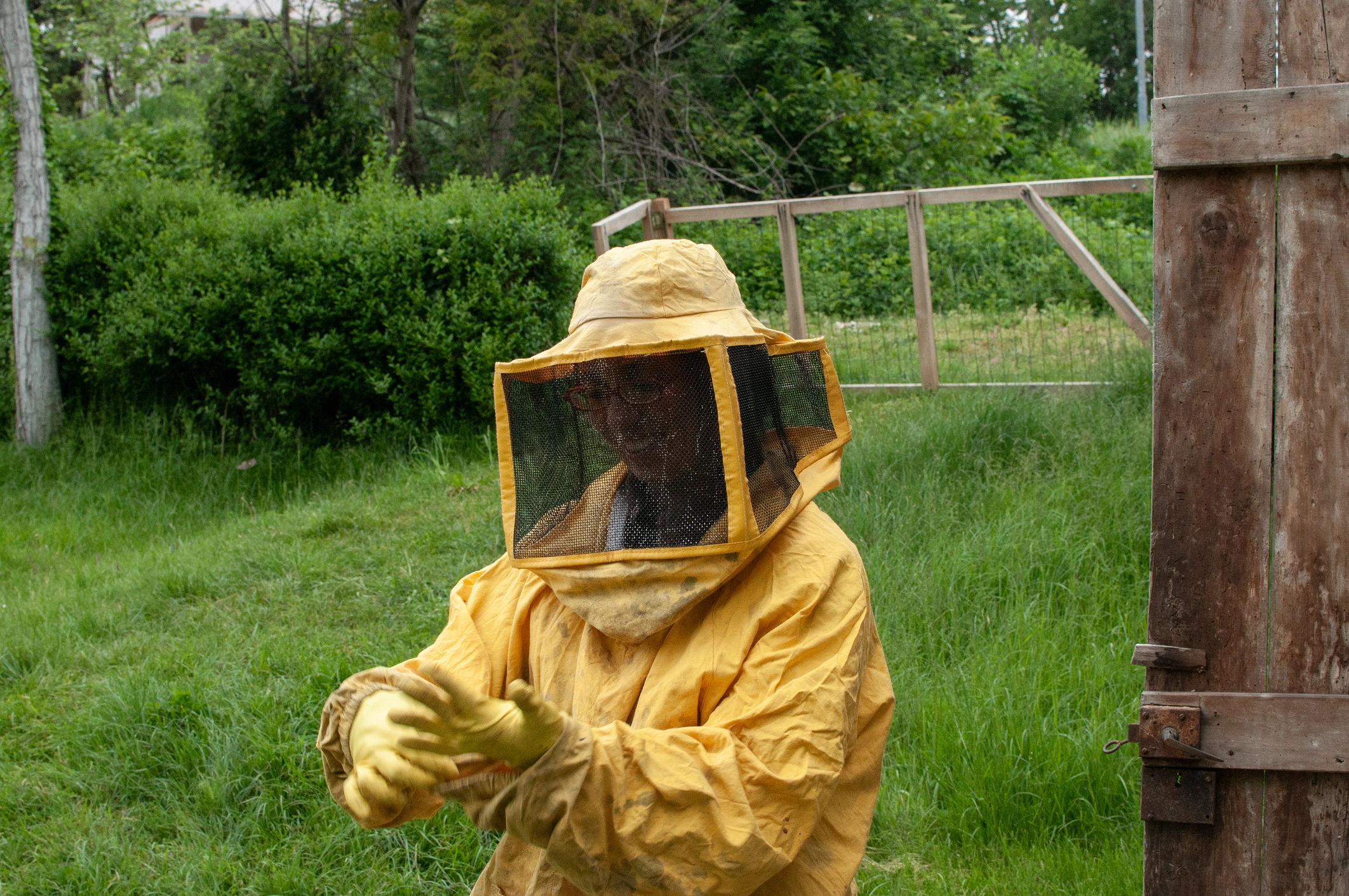

Bee Removal in Redland, TX
Professional bee removal in Redland, TX by Spot On Pest Control, LLC. Safe hive relocation and full prevention for long-term safety—contact for service now.

Bee Removal in Redland, TX
Bees are vital pollinators, but when a colony moves into your home, outbuilding, attic, or playground area it becomes a safety and property concern. Bee Removal in Redland, TX focuses on safe, humane options when possible, and responsible extermination when the situation or public safety requires it. This page explains how professionals inspect nests, identify species, choose removal methods, protect people and structures, and address repairs after a removal so your property is secure and future problems are minimized.
Why Redland, TX homes need professional bee removal
Redland’s hot, humid summers and mild winters create active bee seasons from spring through early fall. Warm temperatures increase colony growth and honey production, and heavy summer storms can push bees into wall voids, attics, soffits, and other sheltered spaces. Unchecked colonies can cause:
- Stinging incidents for residents, visitors, children, and pets
- Structural damage from honey, wax, and moisture buildup
- Secondary infestations (ants, rodents, beetles) attracted to stored honey
- Long-term wood damage from carpenter bee tunneling
A professional, site-specific approach reduces risk, preserves pollinators where feasible, and protects your home from moisture and pest-related deterioration.
.webp)
Common bee issues in Redland, TX
- Honey bee colonies in attics, wall cavities, chimneys, and hollow trees
- Swarms temporarily coalescing on trees, fences, or porches in spring and summer
- Carpenter bees tunneling into siding, rafters, decks, and untreated wood
- Bumblebee nesting under sheds, in compost piles, or ground cavities
- Aggressive or large colonies in high-traffic areas that pose immediate risk
Knowing the species informs the response: honey bees are often relocated; carpenter bees and some solitary or aggressive species usually require targeted treatment and repair.
Inspection and nest identification
A thorough inspection is the first step. Professionals will:
- Observe bee flight paths to locate entrance and exit points
- Identify species by appearance and behavior (honey bee, carpenter bee, bumblebee, or aggressive/defensive types)
- Look for signs: comb or honey stains, sawdust from carpenter bees, buzzing behind walls, dead bees, or visible swarms
- Use tools like endoscopes, thermal imaging, and moisture meters for wall and attic investigations
- Assess colony size, comb condition, and any damage to insulation, wood, or wiring
Accurate identification determines whether live removal or extermination is the safest and most effective option.
Removal methods and how they work
Options depend on species, location, and safety factors:
Live removal and beekeeper relocation
- Best for honey bees when comb and brood can be safely removed
- A trained beekeeper removes frames or whole comb and transfers the colony to a temporary hive
- Live relocation preserves pollinators and avoids long-term honey-related damage when done promptly
Vacuum or container removal
- Used for swarms or small colonies in accessible cavities
- Specialized vacuums collect bees into ventilated containers for relocation
Exclusion and bee escape devices
- One-way devices allow bees to exit a structure but not re-enter
- Effective when brood is absent and for reducing resident bee numbers over days
Targeted pesticide application
- Used only when relocation is impossible, the species is dangerous, or public safety is at risk
- Applied by licensed professionals using products and techniques that minimize environmental impact
Structural removal
- When comb is embedded in wall voids or wiring, removing portions of the structure to extract comb and contaminated insulation is often necessary
- Professionals choose the method that balances human safety, pollinator preservation, and structural integrity.
Safety precautions during removal
- Schedule work during low activity times, typically evening, when foraging bees are back in the hive
- Use full protective gear and trained handlers for any entry into infested areas
- Keep residents, children, and pets clear of the work zone
- Notify neighbors when swarms are being relocated in residential areas
- Avoid DIY sprays or disturbance that can provoke aggressive behavior or push bees deeper into structures
When structures need repair or replacement
Honey and wax can saturate insulation, wood framing, and ceiling materials. Carpenter bee tunneling weakens boards over time. Common post-removal issues requiring repair:
- Replacement of honey- and wax-soaked insulation
- Removal and replacement of contaminated drywall, sheathing, or roof decking
- Repair or replacement of rotted or tunneled wood
- Cleaning and treatment for mold or fermentation odors caused by trapped honey
- Sealing and preventive maintenance to close entry points and restore weatherproofing
Timely remediation prevents recurring pest problems and restores the structural performance of affected elements.
Beekeeper relocation possibilities
Redland residents often prefer beekeeper relocation because it preserves beneficial honey bee populations. A viable relocation requires:
- Accessible comb and colony for safe removal
- Reasonable colony health (non-fermented comb, active brood)
- No structural obstacles that would make removal dangerous or destructive
If relocation isn’t feasible, a professional will explain why and recommend humane or necessary extermination options while managing contamination and repairs.
Emergency response and containment
Situations that require urgent attention include:
- Large colonies in schools, daycare yards, or playgrounds
- Active swarms in high-traffic residential or commercial areas
- Bees nesting in electrical equipment, HVAC units, or near gas lines
- Multiple stinging incidents or a resident with severe allergies
Emergency response typically includes immediate containment to protect people, temporary barriers or signage, and prioritized assessment to determine safe next steps. Trained teams can provide on-site containment and expedited removal strategies appropriate to the risk level.
Preventive maintenance and long-term benefits
After removal and repairs, prevention reduces the chance of recurrence:
- Seal gaps, vents, and crevices in eaves, soffits, and siding
- Replace untreated or damaged wood and paint or stain exposed surfaces
- Trim branches away from the house and keep potential nesting sites minimized
- Schedule inspections during spring swarming season
- Consider installing managed bee boxes away from high-use areas if preserving pollinators is a priority
Handling bee problems with professional inspection, appropriate removal, and prompt repairs protects your family, preserves beneficial insects when possible, and restores your property’s integrity. Bee Removal in Redland, TX focuses on safe, informed decisions that balance humane practices with practical solutions for local climate and community needs.
Bee Removal in Redland, TX That’s Safe & Respectful
Bee nests near your home or business require professional removal. Our safe, eco-conscious bee removal in Redland, TX protects your family while minimizing harm to pollinators. Spot On Pest Control, LLC provides fast response and preventative service options to keep bees from coming back. Schedule removal today.
Keep Your Property Safe With Responsible Bee Control
Our Services
Our pest control services cover ants, termites, bed bugs, rodents, mosquitoes, and other common pests, with customized solutions for both residential and commercial properties.
.png)






